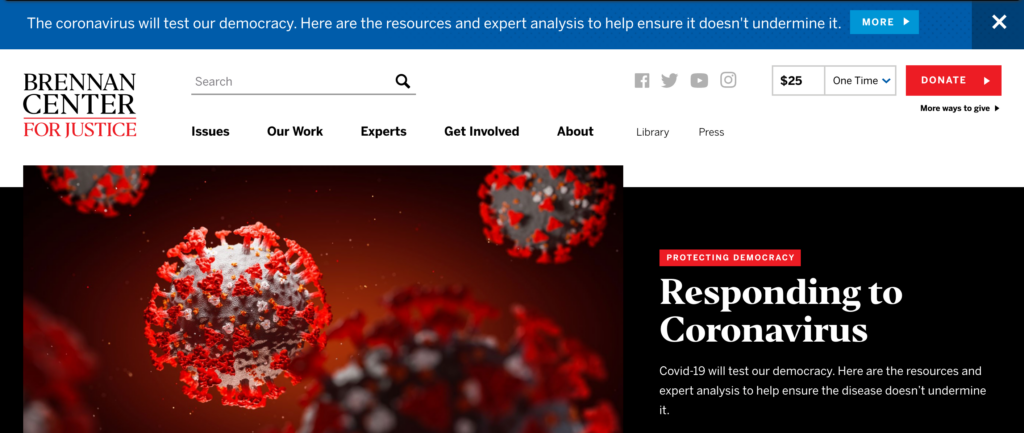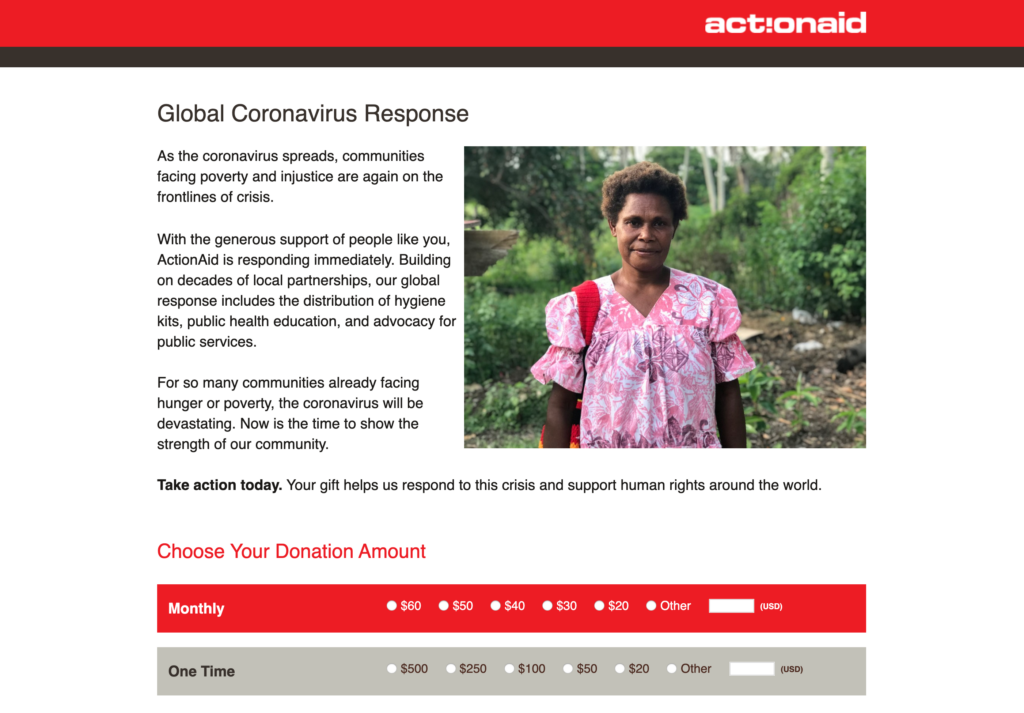With COVID-19 dominating the news and our lives, we simply cannot go about business as usual. Your nonprofit doesn’t need to be in the healthcare sector to feel the pressure to translate programs and services, events, or volunteer coordination to an online experience.
Given that your website is the first place people are turning to better understand what the pandemic means for your mission, your content needs to pivot in some way to rise to the challenge of our new circumstances.
What sections of your site need to be updated? And what updates should you make? Here are 3 steps to take as you reassess your website’s content.
1. Sort out your why
First, put yourself in your audience’s shoes for a moment. When they visit your website, what emotion do they need to feel from your organization? If they just need to feel reassured, sprinkle in phrases that will help put them at ease. If they need to feel informed, make your tone matter-of-fact and get to the point as quickly as possible.
2. And now, how?
Next, take a look at your homepage to see what should change to meet your audiences’ needs right from the start. Brennan Center for Justice decided to dedicate the top portion of the homepage to their coronavirus response and resources.

But don’t stop with your homepage. The content on other pages of your site may need to be updated as well. If you have a volunteer page on your site, your messaging needs to clearly explain how people can help your organization at this time. If you have events, which are cancelled and which might still go on, albeit virtually? Look at your website’s Google Analytics to understand which pages have the most traffic and consider updating some of the most visited pages.
Consider a dedicated donation page like ActionAid USA‘s which also describes how coronavirus is affecting their community.

Just make sure you keep track of which sections of your site you’re updating as things evolve. The last thing you want is to have outdated content on your site, so you’ll want to keep these pages all updated as things change.
3. Decide if you need more
Depending on your mission, blog posts and messaging updates on your site may not be enough. Are there new audiences your website needs to cater to or new priorities you need to adapt for? For example, a higher ed organization may have once focused their website content to appeal mostly to prospective students, but now have to also meet the online needs of current students differently, which can require a real shift in content and priorities. You may also find that you need to create a new section of your site to house resources for constituents that would have otherwise received those materials in-person.
Each of those situations require customized solutions. While we have other ideas on ways you can adapt your website during a crisis, we love a good challenge. Please don’t hesitate to reach out if you would like to collaborate on solutions particular to your organization.
And check out these other resources to help you navigate your nonprofit’s communications at this critical time.
- As you write your website content: Words to avoid — COVID-19 edition
- Not sure how to go about fundraising? Check out Fundraising and Donor Communications in Uncertain Times